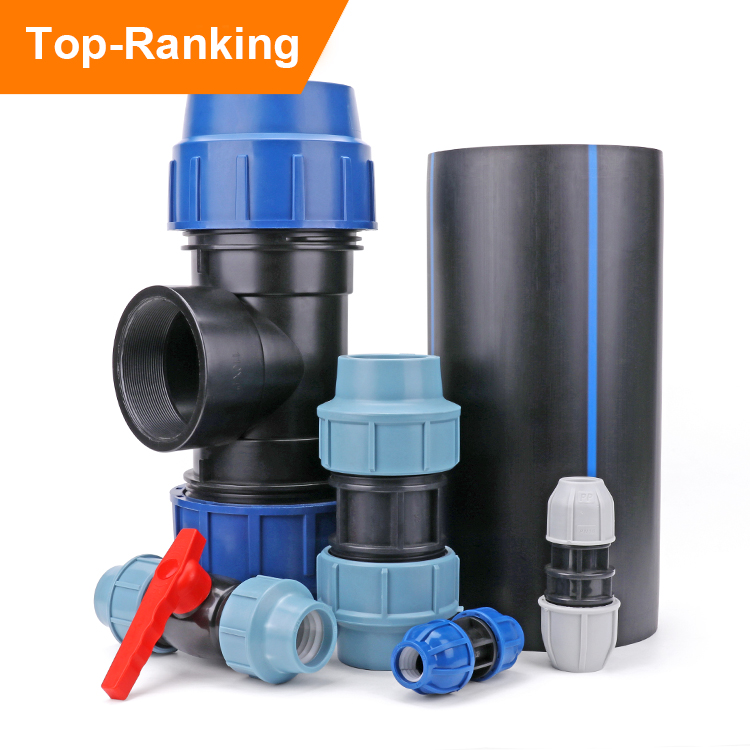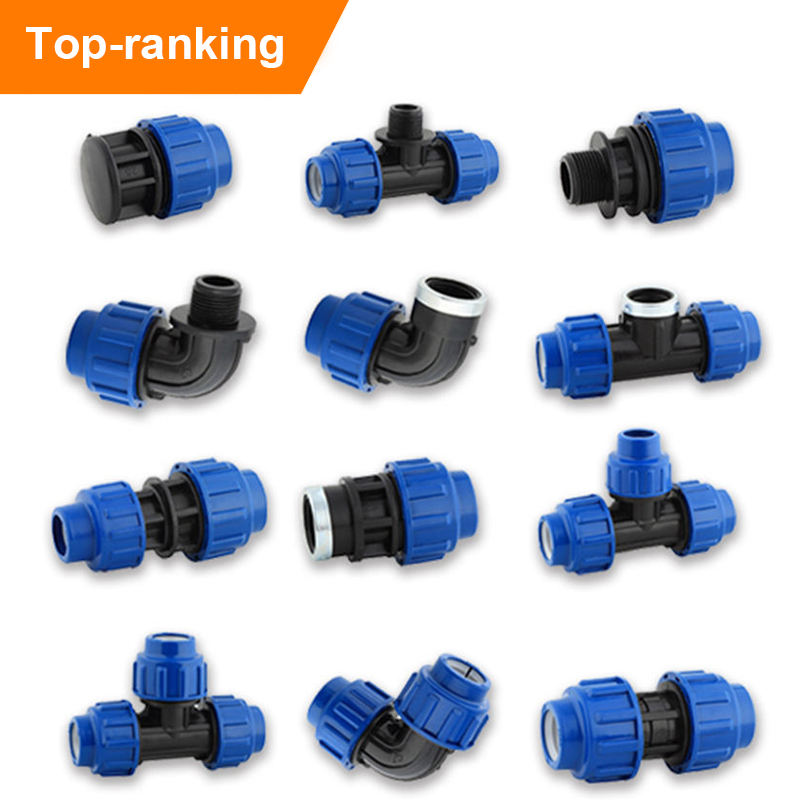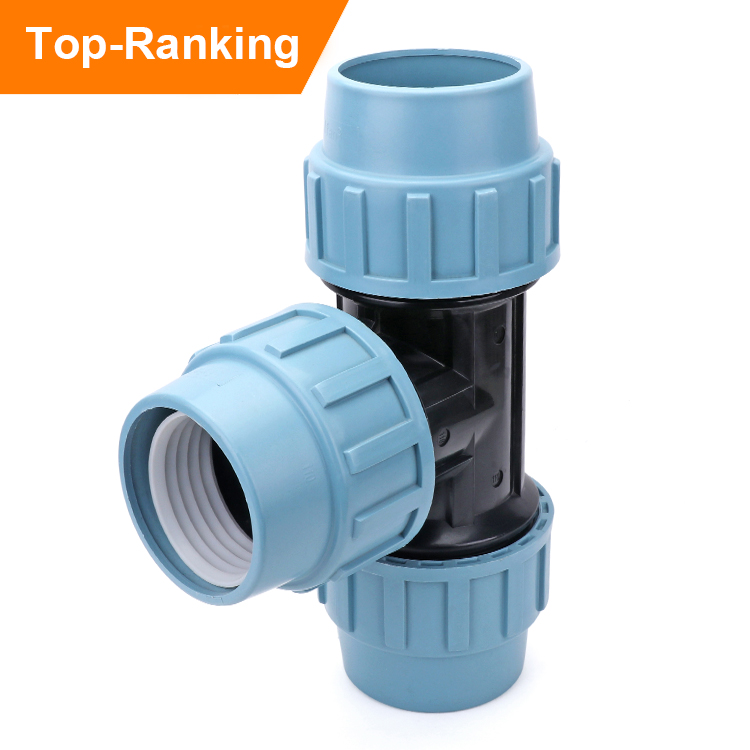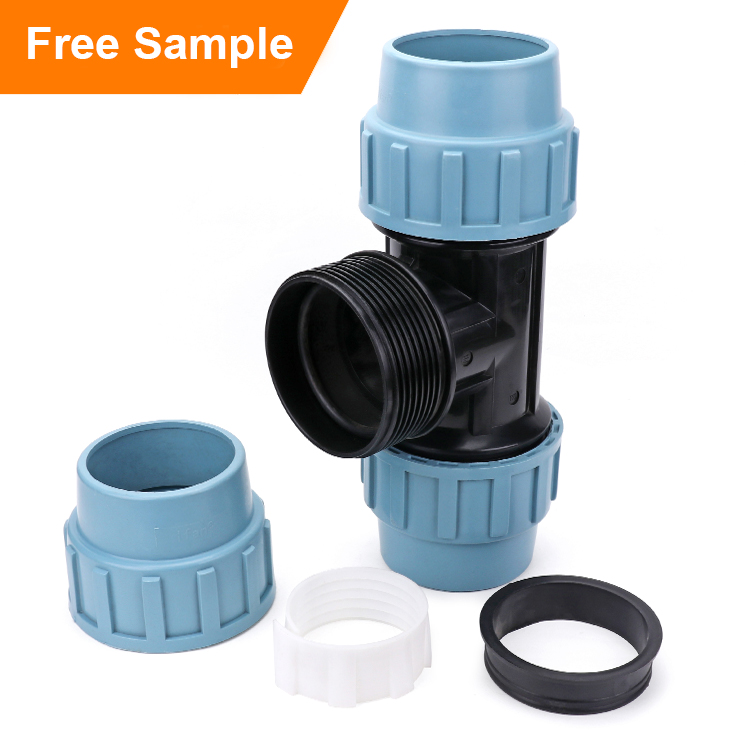HDPE Pipe Fittings: A Durable Solution for Various Piping Needs
HDPE (high-density polyethylene) pipe fittings are widely used in plumbing and industrial applications due to their exceptional durability, versatility, and resistance to chemicals and corrosion. This comprehensive overview provides insights into the types of HDPE pipe fittings available, their advantages, common applications, and the installation process.

Types of HDPE Pipe Fittings
HDPE pipe fittings come in a variety of types to suit different piping needs:
- Butt Fusion Fittings: Butt fusion fittings are joined to HDPE pipes by melting the ends and then pressing them together. This fusion creates a seamless and leak-free connection, making butt fusion fittings suitable for high-pressure applications.
- Electrofusion Fittings: Electrofusion fittings feature built-in heating elements that melt the HDPE pipe and fitting together when an electric current is applied. Electrofusion fittings provide a strong connection and are commonly used for gas distribution systems and underground piping.
- Socket Fusion Fittings: Socket fusion fittings involve heating the HDPE pipe and fitting using a specialized socket fusion tool. Once heated, the pipe and fitting are joined by inserting the pipe into the fitting socket. Socket fusion fittings are suitable for smaller diameter pipes and low-pressure applications.
- Compression Fittings: Compression fittings use a compression nut and a compression ring to create a secure joint between the HDPE pipe and fitting. These fittings are easy to install, requiring only a wrench for tightening, and are suitable for applications that require frequent disassembly.
Advantages of HDPE Pipe Fittings

HDPE pipe fittings offer several advantages over traditional piping materials:
- Durability: HDPE pipe fittings are highly resistant to cracking, corrosion, and impacts, making them suitable for both above-ground and buried applications.
- Chemical Resistance: HDPE is resistant to a wide range of chemicals, making it ideal for applications involving corrosive substances or environments.
- Flexibility: HDPE pipe fittings are flexible and can withstand significant bending without breaking or deforming. This flexibility allows for easier installation around obstacles and reduces the need for additional fittings.
- Longevity: HDPE pipe fittings have a long lifespan, with some installations lasting over 50 years. This minimizes the need for frequent replacements and reduces maintenance costs.
Common Applications of HDPE Pipe Fittings
HDPE pipe fittings find applications in various industries and sectors, including:
- Water Supply Systems: HDPE pipe fittings are commonly used for water distribution systems in residential, commercial, and municipal settings due to their resistance to corrosion and chemicals.
- Gas Distribution Systems: The superior strength and leak-free connections of HDPE pipe fittings make them suitable for gas distribution networks, ensuring the safe and efficient transport of natural gas.
- Industrial Piping: HDPE pipe fittings are widely used in industrial applications, including mining, chemical processing, and wastewater treatment, due to their durability and resistance to harsh environments.
- Irrigation Systems: HDPE pipe fittings are commonly used in agricultural and landscaping irrigation systems due to their flexibility, chemical resistance, and ability to withstand high-pressure environments.

Installation Process of HDPE Pipe Fittings
The installation of HDPE pipe fittings typically involves the following steps:
- Prepare the Pipe Ends: Cut the HDPE pipe to the desired length, ensuring the ends are clean, smooth, and free from any debris or contaminants.
- Select the Fitting Type: Choose the appropriate HDPE fitting based on the specific application, diameter, and type of connection required.
- Prepare the Fitting: If using butt fusion or electrofusion fittings, prepare the fitting by scraping the inside and outside surfaces to remove any oxidation or dirt.
- Join the Pipe and Fitting: Follow the specific instructions for the chosen fitting type to join the HDPE pipe and fitting. This may involve heating, fusion, or compression techniques.
- Pressure Test and Inspection: After installation, conduct a pressure test to ensure the integrity of the connection. Inspect the joint visually to ensure proper alignment and secure attachment.
Conclusion
HDPE pipe fittings offer a durable and versatile solution for various piping needs, providing exceptional durability, resistance to chemicals and corrosion, and long service life. With different fitting types available, such as butt fusion, electrofusion, socket fusion, and compression fittings, HDPE pipe fittings can accommodate a wide range of applications. Their advantages, including durability, chemical resistance, flexibility, and longevity, make them a preferred choice in water supply systems, gas distribution networks, industrial piping, and irrigation systems. The installation process for HDPE pipe fittings is straightforward, ensuring reliable and leak-free connections for a wide range of applications.






